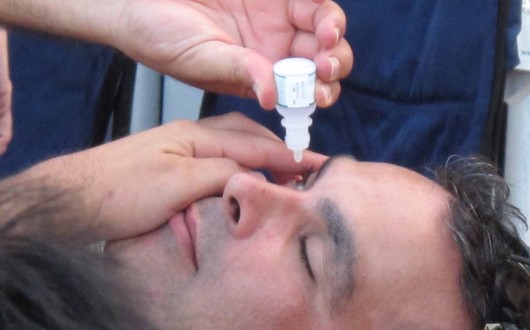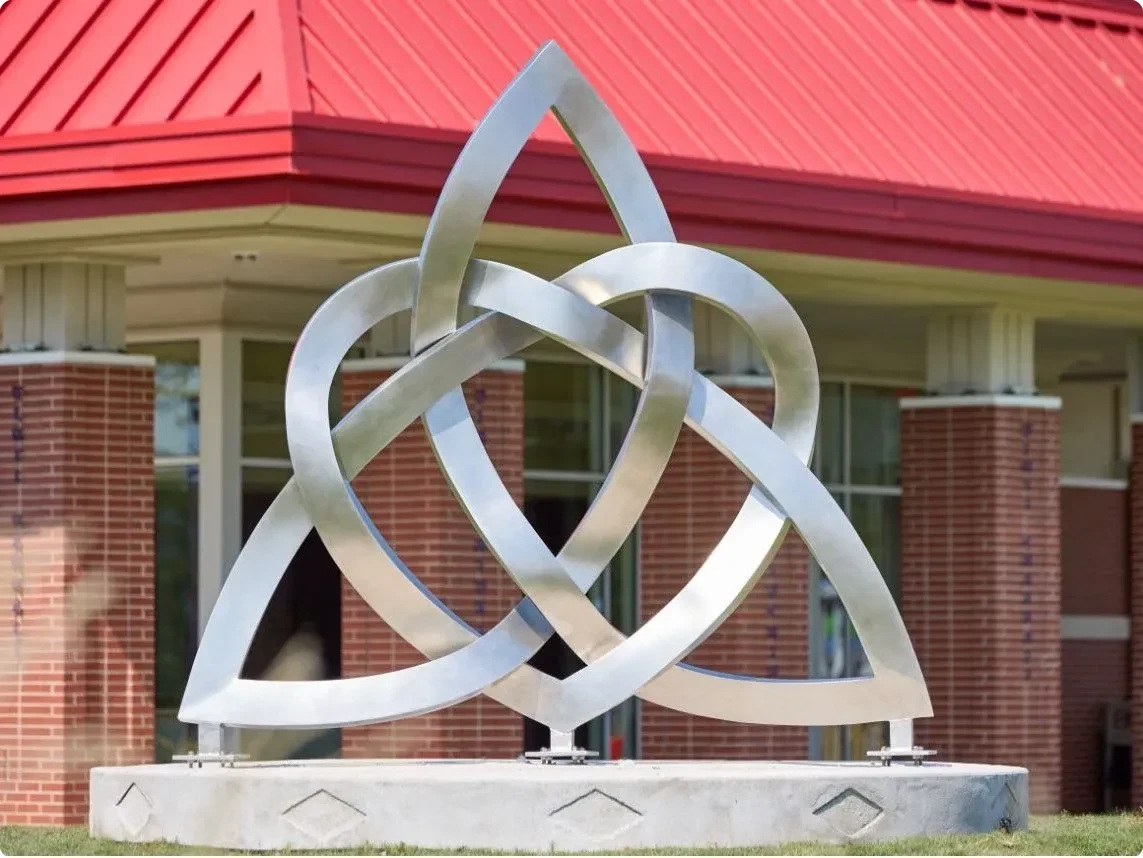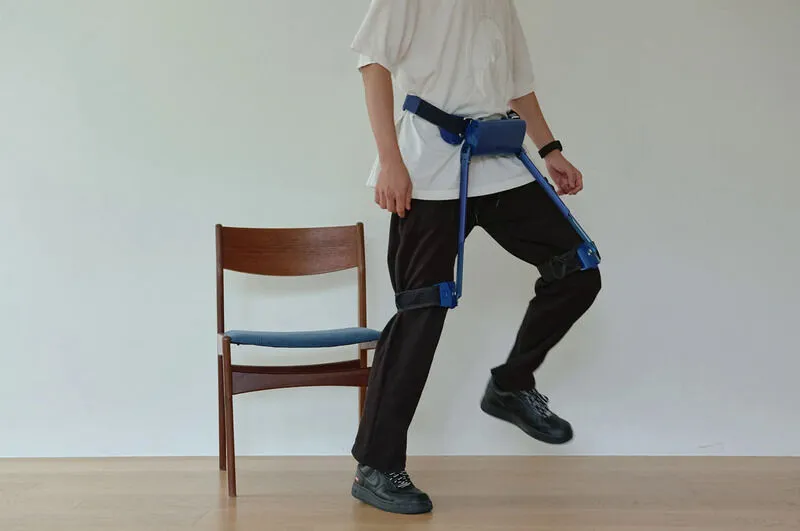Dinosaur-Era Tree
Thirty years ago this month, botanists in Australia discovered a pine tree species near Sydney that has been around since the time of dinosaurs.
To mark this milestone, the Botanic Gardens of Sydney are auctioning off six saplings to promote interest in this ancient conifer. The auction’s outcome is hard to predict, given the rarity of such high-profile plant sales.
The original 90 trees exist in a highly protected area, with entry restricted even for scientists. Unauthorized access can result in up to two years in prison and a $330,000 fine under the Australian Biodiversity Conservation Act. This strict control helps prevent the introduction of harmful plants, parasites, and diseases that could devastate this rare species. The Wollemi pine, which evolved 91 million years ago and was thought to be extinct for 2 million years, was rediscovered in 1994 in the Blue Mountains. It has survived major global events, including the comet impact that wiped out the dinosaurs.
For the past 30 years, the National Parks and Wildlife Service has been planting the Wollemi pine in other locations to help ensure its survival. John Siemon, Director of Horticulture at the Botanic Gardens of Sydney, hopes the auction winners will share their passion for conserving plant species and find suitable homes for the saplings.




